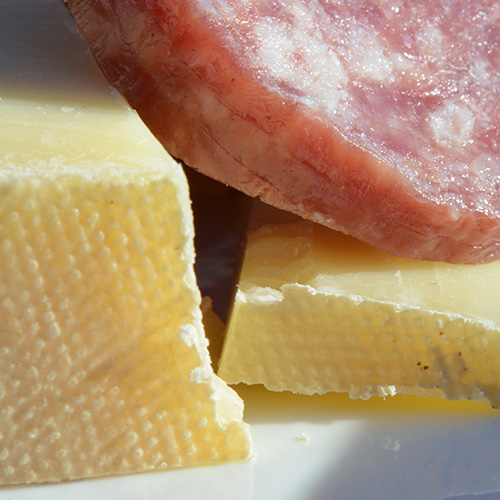The middle portion of the small intestine is referred to as the jejunum. It connects the duodenum to the ileum. The length of the jejunum is approximately 2.5m. The pH of the jejunum is maintained between 7 and 9, i.e., either neutral or slightly alkaline. The internal membrane of the jejunum is lined with finger like projections referred to as the villi. The surface area of the internal membrane of the jejunum that is available for the absorption of nutrients and products of digestion is increased manifold by the presence of villi. The epithelial cells lining the villi have microvilli. Various nutrients are transported through the epithelial cells of the jejunum. The sugar fructose moves through passive transport and the amino acids, vitamins, small peptides and glucose moves through active transport. The wall of the jejunum contains longitudinal and circular smooth muscles that help to move the food further in the jejunum by a process referred to as peristalsis.



